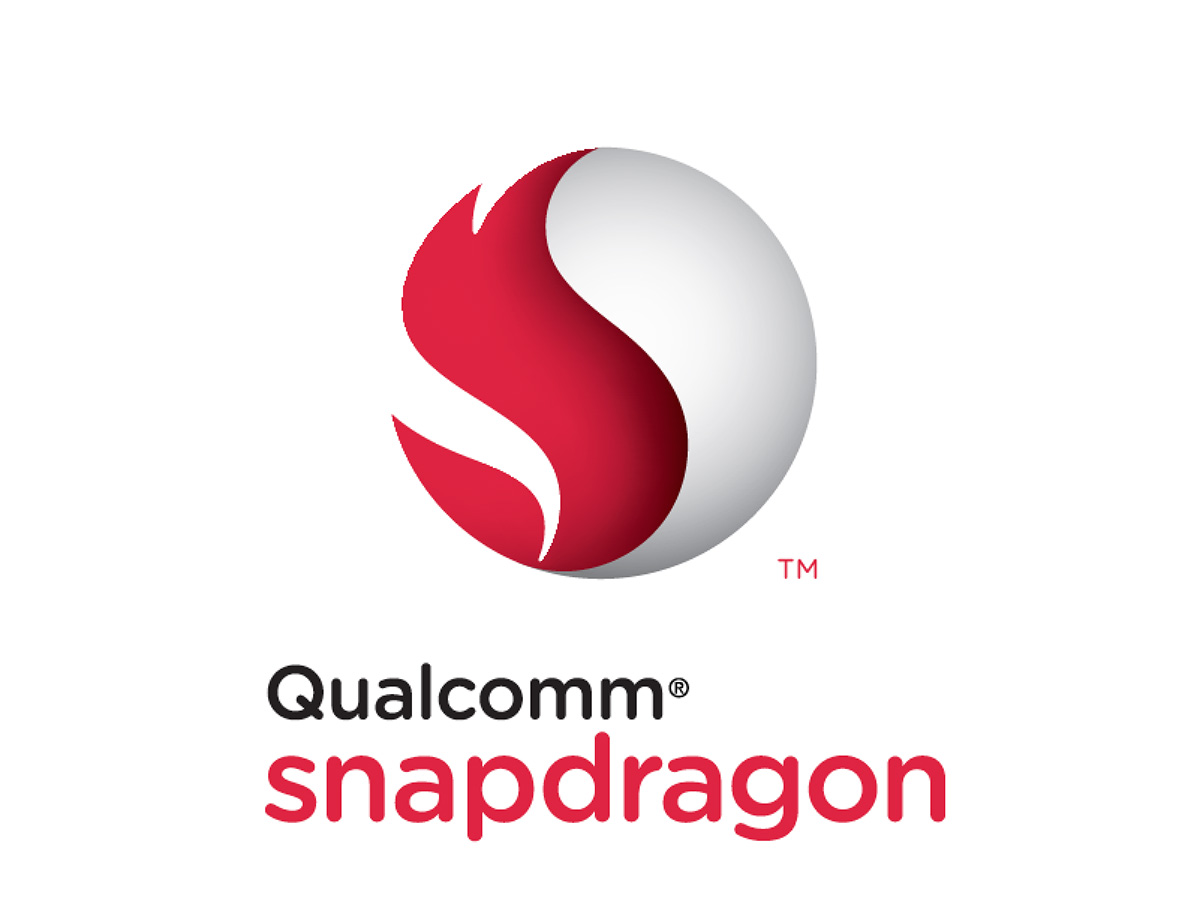Last week Huawei announced the Mate 20 Pro and it brings together all of the greatness of Huawei into a single device that is going to be tough to beat. The Mate 20 Pro includes the first Android 7nm process chipset with the Kirin 980 (Apple's A12 Bionic also uses the 7nm process), two Neural Processing Units, a fourth-generation image signal processor, and a LTE Cat.21 modem.
The triple rear camera capability from the Huawei P20 Pro is brought to the Mate 20 Pro, but in a different central two-by-two arrangement with one change made to one of the three lenses. The three rear cameras have 40MP, 20MP, and 8MP resolution with a 24MP front-facing shooter and artificial intelligence to help you capture great shots. The monochrome lens has been replaced with a wide-angle lens so that you now have telephoto, wide-angle, and standard camera functionality.
A large 6.39 inch OLED is on the front with cool Midnight Blue, Emerald Green, Black, Pink Gold, and Twilight color options for the device. Android 9.0 Pie powers things while EMUI has been updated to version 9.0.
One interesting move from Huawei is the inclusion of an external storage card slot using its own new nano memory card rather than standard microSD cards. We also see one of the first fingerprint scanners embedded right into the display. Huawei is known for very long battery life and massive batteries so the 4,200 mAh battery is no real surprise, but much appreciated.
We will soon have a review and other articles on this new flagship from Huawei. The 6GB RAM/128GB internal storage model is priced at €1049 and is available now in countries outside the US.
The triple rear camera capability from the Huawei P20 Pro is brought to the Mate 20 Pro, but in a different central two-by-two arrangement with one change made to one of the three lenses. The three rear cameras have 40MP, 20MP, and 8MP resolution with a 24MP front-facing shooter and artificial intelligence to help you capture great shots. The monochrome lens has been replaced with a wide-angle lens so that you now have telephoto, wide-angle, and standard camera functionality.
A large 6.39 inch OLED is on the front with cool Midnight Blue, Emerald Green, Black, Pink Gold, and Twilight color options for the device. Android 9.0 Pie powers things while EMUI has been updated to version 9.0.
One interesting move from Huawei is the inclusion of an external storage card slot using its own new nano memory card rather than standard microSD cards. We also see one of the first fingerprint scanners embedded right into the display. Huawei is known for very long battery life and massive batteries so the 4,200 mAh battery is no real surprise, but much appreciated.
We will soon have a review and other articles on this new flagship from Huawei. The 6GB RAM/128GB internal storage model is priced at €1049 and is available now in countries outside the US.



 Thursday, November 15, 2018
Thursday, November 15, 2018
 Bhima Permana Putra
Bhima Permana Putra


 Posted in:
Posted in: 







